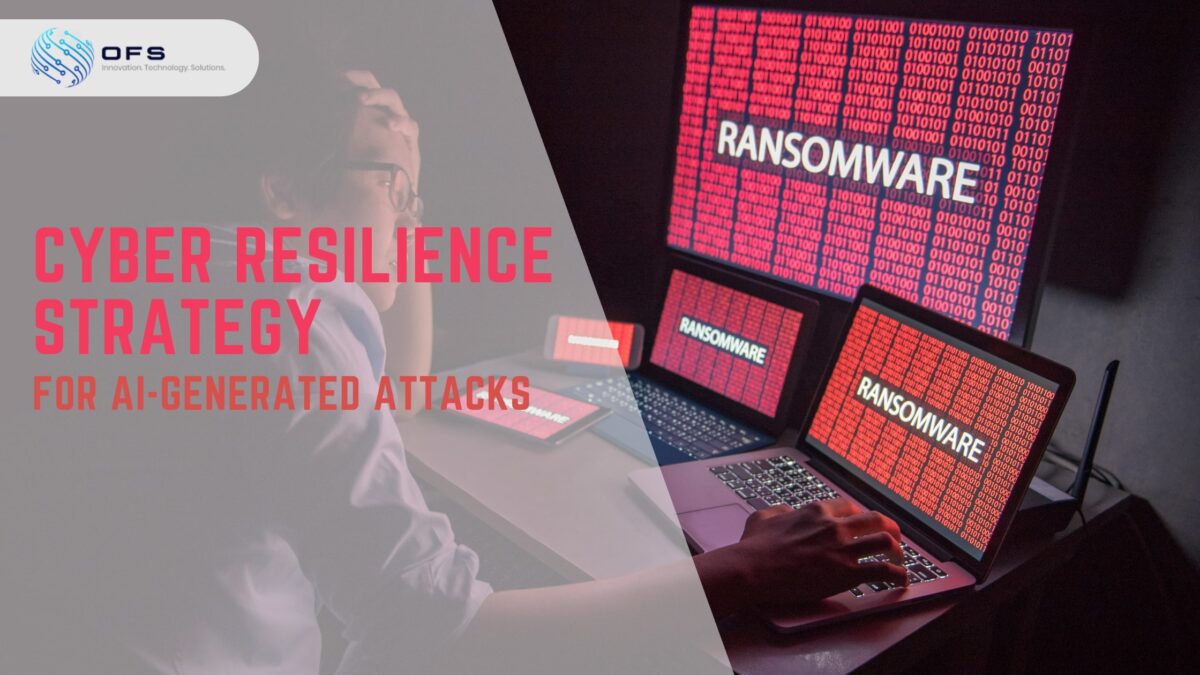Picture this—
Your accountant calls you late at night, panicking. They need you to quickly approve a payment to a vendor as they are locked out of the system.
Will you do it without even thinking for a second?
What if that call wasn’t any of these familiar ones but an AI-generated deep fake designed to trick you?
This is the new reality of cybercrime, where AI isn’t just advancing technology—it’s giving criminals powerful tools to deceive and exploit.
This is just a basic example of how AI can be exploited by a threat actor. They may create deepfake videos to get the job done by you.
AI-Powered Cybercrimes— More Dangerous Than Ever
Think you’re safe because you ignore phishing emails, avoid malicious apps, and use strong passwords? Think again.
AI-powered cybercrimes go beyond these basic tactics, leveraging realistic voice and video deepfakes to manipulate and gain your trust.
For example, an employee may confidently respond to a seemingly legitimate request from their CEO, not realizing it’s an AI-generated deepfake.
Once that trust is secured, you’re far more vulnerable to being tricked. AI-powered cybercrimes don’t just target your systems—they exploit your trust.
AI-powered bots can automate large-scale phishing campaigns, targeting individuals with personalized messages based on online behavior. Additionally, AI algorithms can bypass traditional security measures, making detection and prevention more challenging.
A recent survey spanning 1,800 organizations across 14 countries revealed that over 70% are grappling with significant impacts from AI-driven threats. Alarmingly, 60% of these organizations admit they are ill-equipped to defend against them.

The message is clear: preparedness is no longer optional—it’s essential.
It’s time to revamp or recreate your cyber resilience strategy to combat the rising threat of AI-driven cyberattacks.
Building the Pillars of a Cyber Resilience Strategy for Your Organizations
A robust cyber resilience strategy focuses not only on preventing attacks but also on detecting, responding to, and recovering from them. In the context of AI-powered cyberattacks, this strategy must emphasize adaptability, continuous learning, and human awareness. Here’s how organizations can strengthen their defenses.
1. Strengthening Detection Systems
AI-powered attacks are sophisticated, but they’re not invincible. Organizations should invest in advanced detection systems that use AI and machine learning to identify unusual patterns or behaviors.
For example, AI-driven security tools can monitor network activity and flag anomalies that could indicate a potential attack. These systems can adapt to new threats, learning to recognize and respond to evolving tactics. By integrating AI into your cybersecurity defenses, you can effectively combat AI-enhanced attacks.
2. Educating Employees
Employees are often the first line of defense against cyber threats. However, AI-powered attacks, such as deepfakes or personalized phishing scams, specifically target human vulnerabilities. Educating employees about these advanced threats is crucial.
Training programs should focus on recognizing signs of manipulation, such as inconsistencies in voice or video, unexpected requests for sensitive information, or emails that feel unusually urgent. Regular simulations and drills can help employees practice identifying and responding to such threats, ensuring they stay vigilant.
3. Enhancing Trust Verification
AI-powered attacks frequently exploit trust, impersonating trusted figures or entities to deceive victims. To counter this, organizations should implement strict trust verification protocols.

For instance, any financial transaction or sensitive request should require multiple levels of authentication. Voice and video calls claiming to be from executives should be verified through secondary channels, such as a direct phone call or an in-person confirmation. By reinforcing trust verification, organizations can prevent attackers from exploiting human trust.
4. Preparing for Rapid Response and Recovery
It is safe to say that no system is entirely protected from threats. That’s why your cyber resilience strategy should include plans for rapid response and recovery.
Organizations should establish an incident response team trained to handle AI-driven attacks. This team should have access to the latest threat intelligence and tools to contain breaches, minimize damage, and restore operations swiftly. Regular testing of response plans ensures that the team can act quickly and effectively during a real attack.
5. The Role of Technology and Collaboration
Sure, human awareness is key to lowering the risk of cyber-attacks. However, technology still has an important role to play.
Organizations should leverage advanced security tools that use AI to predict and prevent attacks. Collaboration with cybersecurity experts, government agencies, and industry peers can also provide valuable insights into emerging threats and best practices.

For example, threat intelligence sharing between organizations can help identify new attack patterns and vulnerabilities before they become widespread. Partnering with cybersecurity firms can provide access to cutting-edge technology and expertise, enhancing your organization’s resilience.
6. Having a Proactive Approach
Organizations must continually update their cyber resilience strategies, integrating new technologies and practices to counter emerging threats.
Regular assessments of your cybersecurity posture can identify weaknesses and areas for improvement. Investing in employee training, advanced detection systems, and robust response plans ensures that your organization remains resilient, even in the face of AI-driven cyberattacks.
The Bottom Line
AI-powered cyberattacks are a new and dangerous type of cybercrime, using artificial intelligence to trick people, breach systems, and bypass traditional security measures. These attacks create serious risks for organizations worldwide.
To stay protected, businesses need a strong cyber resilience strategy. This includes using AI-based security tools, training employees, verifying trust carefully, building a culture of security, and preparing for quick response and recovery.
While these attacks are challenging, having the right defenses in place can help organizations keep their systems, data, and people safe in today’s digital world.

